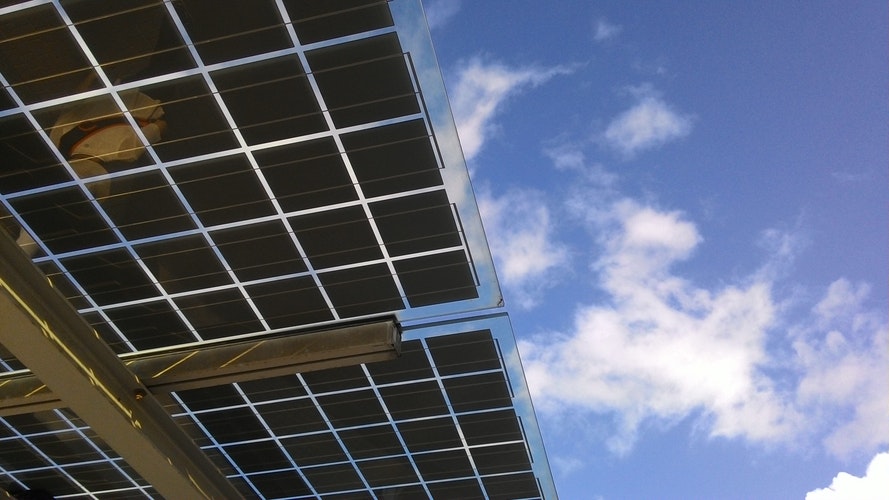Foodbank Victoria has started to install solar power panels to cut costs of power usage, effectively providing more to those suffering from food insecurity.
The organisation was granted more than $270,000 in funding from the Turnbull government in 2016 as part of an investment into solar, batteries and energy efficient refrigeration systems for Australia’s assisted food rescue groups.
This comes as a new campaign, The Big Solar Switch, was launched to aid NFPs and community groups to make the switch to renewable energy sources. The switch will use the strength of aggravated purchasing to reduce costs and barriers.
The package will include a “best value” guarantee which includes “negotiated rates for the sector, extended warranties, expert advice and links to funding.”
Moreland Energy Foundation, who’s behind the campaign, said it “provides the support, advice and guidance by solar experts to enable the community sector to switch with confidence.”
The Big Solar Switch will offer NFPs and community groups expert advice, guaranteed discounts, extended warranties and exclusive discounted finance.
Foodbank said that its installation of solar power panels will allow the foundation to focus its spending on ways of getting food to those in need with 40 per cent of the power generated now running through the new system.
“This will go a long way in reducing our warehouse costs and we’re excited to see what’s next in the political discussion about food insecurity,” a statement by Foodbank Victoria read.
The recent ‘Foodbank Rumbling Tummies Report’ found that hunger among children in Australia is more common than expected with almost 10 per cent of children living in food insecure homes going a whole day without food.
This development builds on the Coalition’s commitment to reduce costs at food rescue centres in metro and regional Australia.
Foodbank used solar power in 2015 when the system was installed on the roof of its NSW factory. At the time, it was the largest solar installation on a commercial building in the state.












